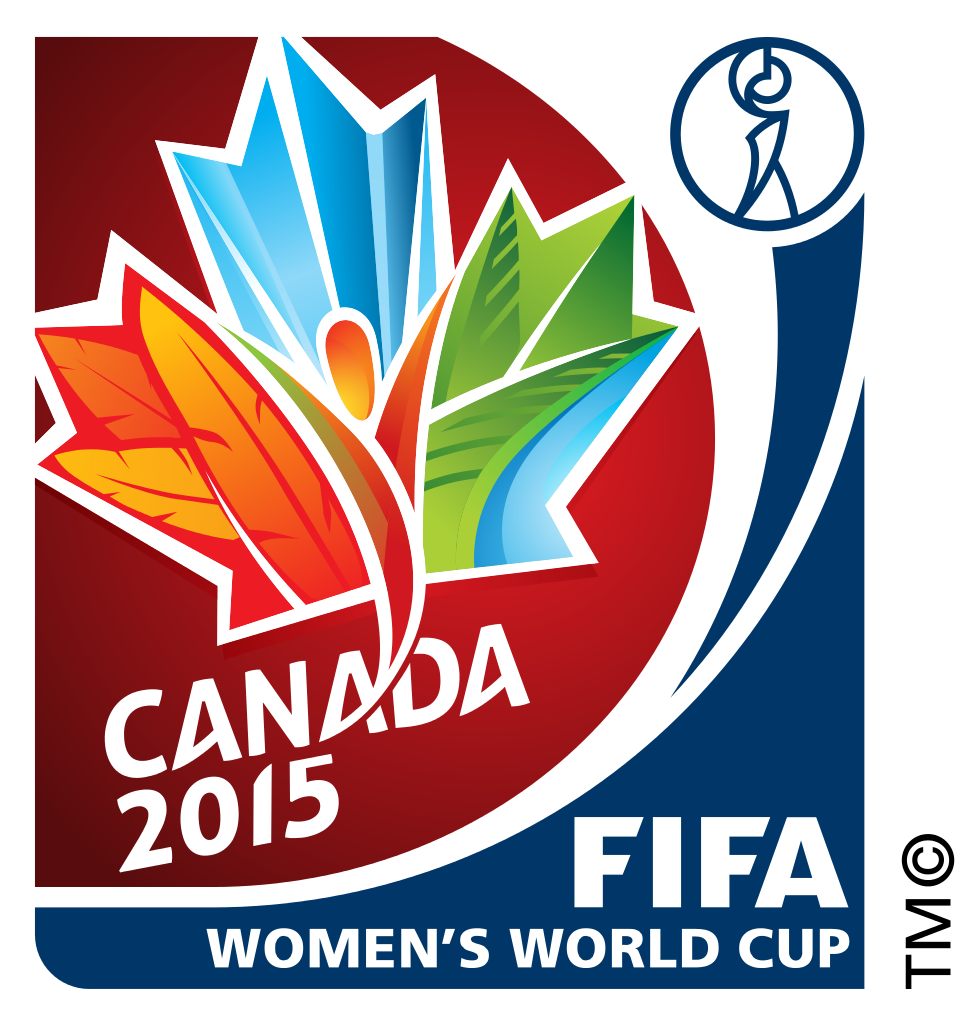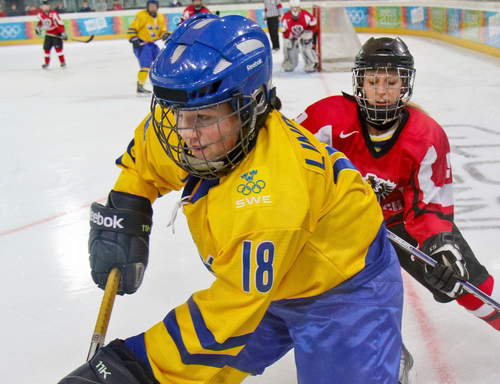Vanderbilt Researchers Studying New Sideline Concussion Testing System
By Dan Peterson, TeamSnap's Sports Science Expert
The search continues for a quick, affordable technology to help athletic trainers check for possible concussions of athletes on the sidelines of a game to prevent an injured player returning to action. Beyond asking questions, counting tests or even balance drills, trainers need an objective test that can see inside the injured skull to quickly check for abnormalities.
Recently, HeadSense Medical has proposed the use of their HS-1000 non-invasive brain monitor as potential solution for concussion testing. Researchers at Vanderbilt University are testing the device on student-athletes to understand how sound waves sent through the brain by the HS-1000 can paint a picture of what is happening.
Because concussions can be a “hidden” injury that may not prevent an athlete from returning to the game, unlike a broken bone or pulled muscle, coaches and trainers need to be very cautious about sideline evaluations. Sending a concussed player back out on the field or court may cause second-impact syndrome if they are hit again, causing further damage. Getting accurate assessments on the sideline have been challenging.
"Currently, we have to rely largely on self-report systems -- what athletes are telling us as well as what we observe," said Allen Sills, M.D., neurosurgeon and co-director of the Vanderbilt Sports Concussion Center. "Part of our ongoing quest to improve our care for concussed athletes is to find tools that can objectively diagnose a concussion at the field of play.”
"What we lack with concussions is a diagnostic tool we can hook you up to and say you definitely have one or you definitely don't," said Tim Lee, MHA, M.S., a coordinator for the current study of the HS-1000.
One of the telltale signs that physicians and trainers need to look for is changes in intracranial pressure (ICP) inside the skull including brain tissue and cerebrospinal fluid. The HS-1000 device consists of two earbuds, much like an audio headset, connected to a tablet with analysis software. Sound waves are transmitted from one ear bud, pass through the skull and are received and measured in the opposite ear bud.
In a normal brain, the sound waves pass through with no resistance. However, in an injured brain, where the ICP has been elevated from swelling and possible bleeding, the sound waves will become distorted. This change can be detected by the system’s software and displayed to the trainer.
While the device has been approved for this use in Europe, HeadSense is seeking U.S. FDA approval. The Vanderbilt study will help gather data that the company can use for testing.
More information on how the HS-1000 works can be found in this HeadSense overview video.
"Right now, we are just trying to burst through and get the healthy data," said Dr. Lee. "The concussion data will just come as it comes. We have two concussed athletes in the study that we're gathering data on. I think we have probably around 25 or 30 healthy subjects. We are trying to get 50 of each."
With close to 4 million concussions being reported in the U.S. each year and with 5-10% of athletes suffering a concussion in any given sports season, the need for fast, inexpensive diagnostic tools are critical to protecting young athletes from serious injury. While the HS-1000 may not be on the market for 2-3 years, coaches and trainers should stay current on the most recent recommendations of the CDC at their HEADS UP website.
NEW! Free Sports Organization Resources
All of TeamSnap's ebooks, articles, and stories in one place. Access Now
Similar Articles:

Women’s World Cup Players Much Less Likely To Fake Injuries Than Men
By Dan Peterson, TeamSnap's Sports Science Expert …
Read More

Youth Hockey Helmets Fail New Concussion Safety Test
Photo: Stefan Duma Ph.D., head of Virginia Tech's…
Read More

Just One Season Of Contact Sports Can Hurt A Young Athlete’s Brain
By Dan Peterson, TeamSnap’s Sports Science Expert…
Read More
